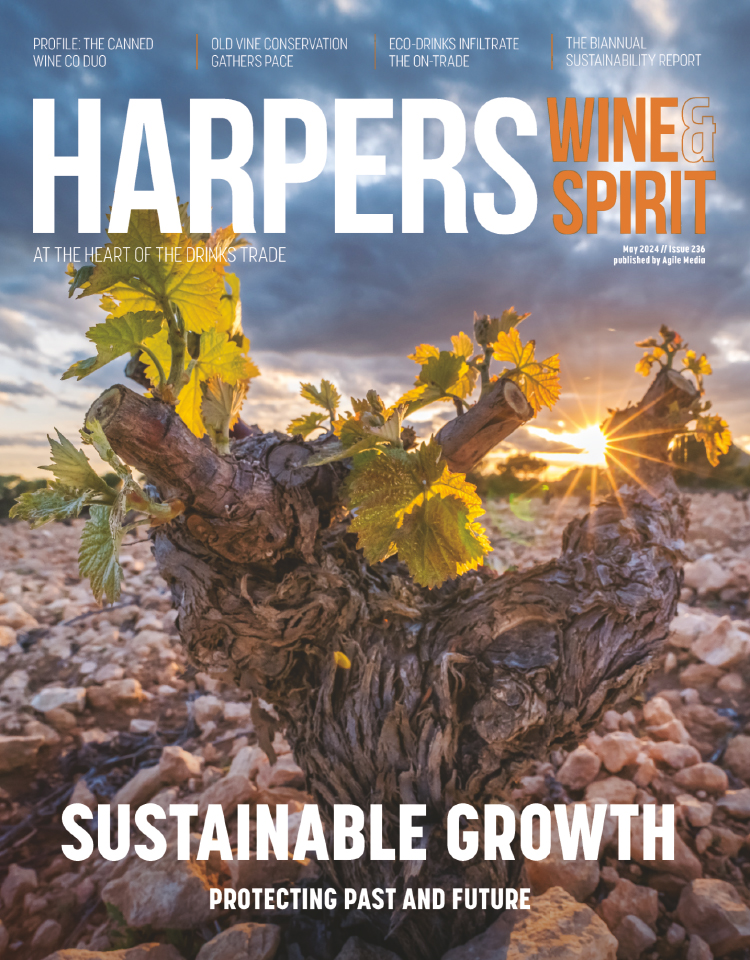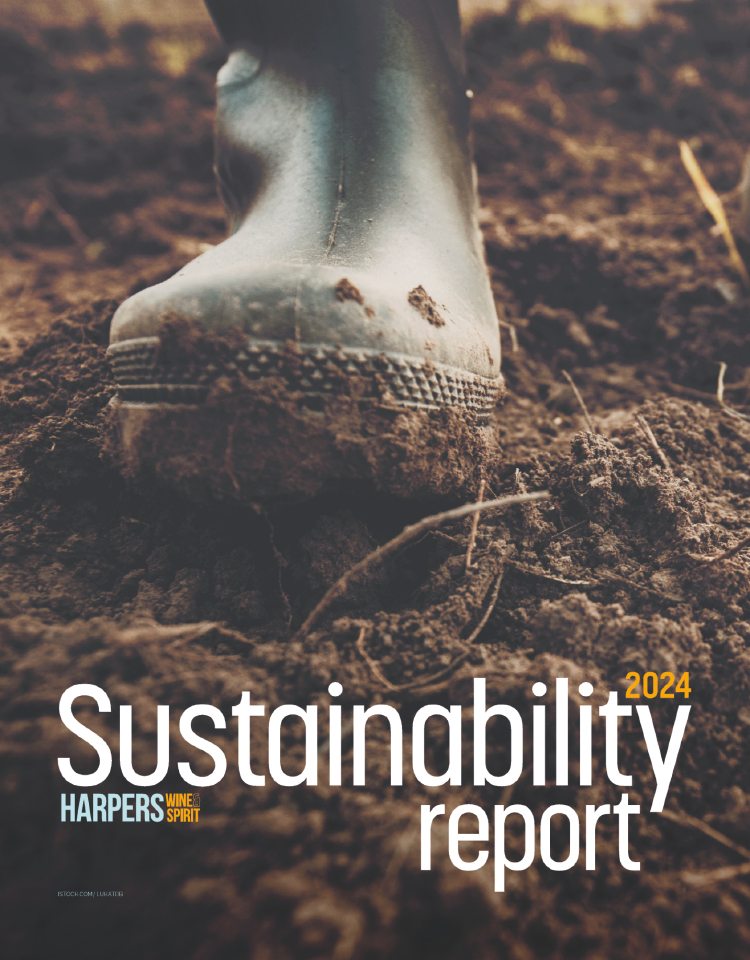
Friday read: Perrier-Jouët embraces regenerative viticulture
Maison Perrier-Jouët welcomed a group of European journalists to its new tasting room to introduce the vins clairs of the most recent harvest, revealing the vibrance and resilience of its flagship grape Chardonnay.
For more than two centuries, Chardonnay has been the signature variety of the Champagne house, which has helped to define the distinct floral style of its wines. Today, the Belle epoque range is still painted with the elegant Japanese anemone flowers inspired by the Art Nouveau movement in the early 1900s.
However, in 2023, a year of persistent humidity and extreme heat, it was Chardonnay’s resilience, as opposed to its floral sensibilities, that shone through most of all.
“Chardonnay, Perrier-Jouët's signature grape variety, has proven to be more resistant to certain diseases, such as botrytis and grey rot, than Pinot Noir or Pinot Meunier. This can be explained by looser grapes, meaning that it continues to perform just as well as ever,” Severine Frerson (pictured), master blender for Perrier-Jouët told Harpers.
“Its ability to withstand heat, humidity and ripeness gives it its full radiance in 2023 and matches the style of Perrier-Jouët wines,” she added.
As revealed in an exclusive tasting, the 2023 harvest yielded vins clairs of delicate florality and freshness, including two Chardonnays from Cramant, one with malolactic fermentation and one without, the latter being a method that could come to define future wines for the house.
“Malolactic blocking helps to preserve the acidity of the grapes despite rising temperatures. It's something I’m likely to do again in the future, as my aim is to preserve the style of Perrier-Jouët in a changing climate,” said Frerson.
“Since 2020, I have blocked some of the wines from malolactic fermentation. As nature is the pillar of Perrier-Jouët, I want to retain freshness naturally, and keeping some of the wines non-malolactic allows this natural freshness. With global warming and champagne musts ripening more quickly, keeping a proportion of wines non-malolactic ensures the optimum freshness of Perrier-Jouët wines,” she added.
In response to the changing environment, Maison Perrier-Jouët has been working to adapt its practices, experimenting with regenerative viticulture since 2021. Today, 20% of Perrier-Jouët’s vineyards are under regenerative viticulture, but the aim is to reach 100% by 2030.
“Regenerative viticulture provides the soil with all the nutrients it needs, which it can then give back to the vines. It started as an experimental practice initiated at the Perrier-Jouët vineyard in 2020 and we will be exploring it from a viticultural and winemaking point of view for a period of five years,” said Frerson.
In 2020, Perrier-Jouët eliminated herbicides in favour of mechanical soil preparation methods on a vineyard with plant cover over its entire surface area. It was one of the first Champagne houses to utilise an all-electric robot named Bakus, developed by VitiBot, which is able to remove weeds from beneath the vines without chemicals, thus supporting the house’s zero-herbicide policy while improving conditions for vineyard workers. The robot, which is lighter than a tractor thus limiting soil compaction, may soon be able to perform other tasks, such as pre-pruning of the vines in winter or detecting diseases by means of captors.
The house’s holistic approach to sustainability considers the ecosystem of the vineyard as a whole, including the soils, the local flora and fauna, and the human factor. It also calls for adapted vinification practices and, in this spirit of evolution, Perrier-Jouët will soon unveil its new cellar for experimentation, in which it can explore ideas like blocking malolactic fermentation in its vins or increasing the proportion of Chardonnay in its blends.
For 200 years Chardonnay has come to define the champagnes of Perrier-Jouët, its loyalty to said grape may be its best hope for future prosperity in a changing climate.









